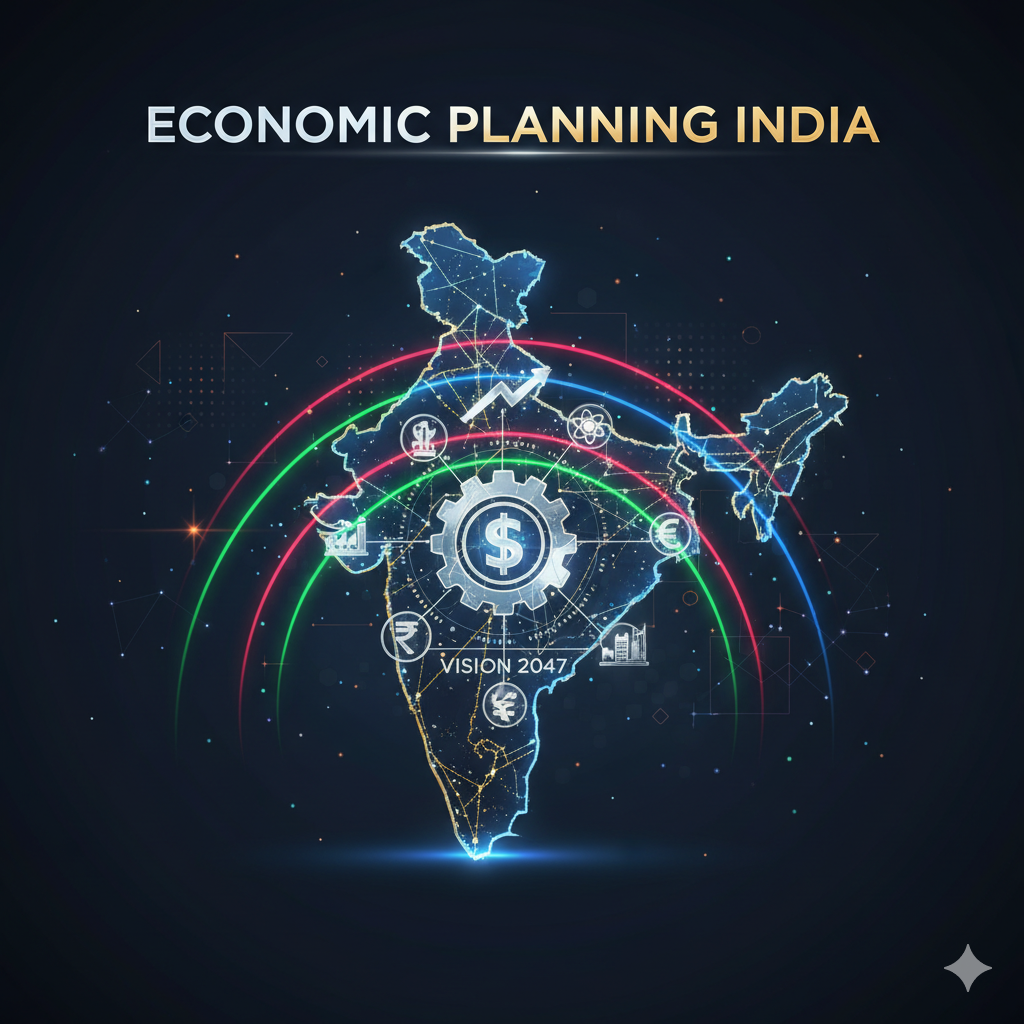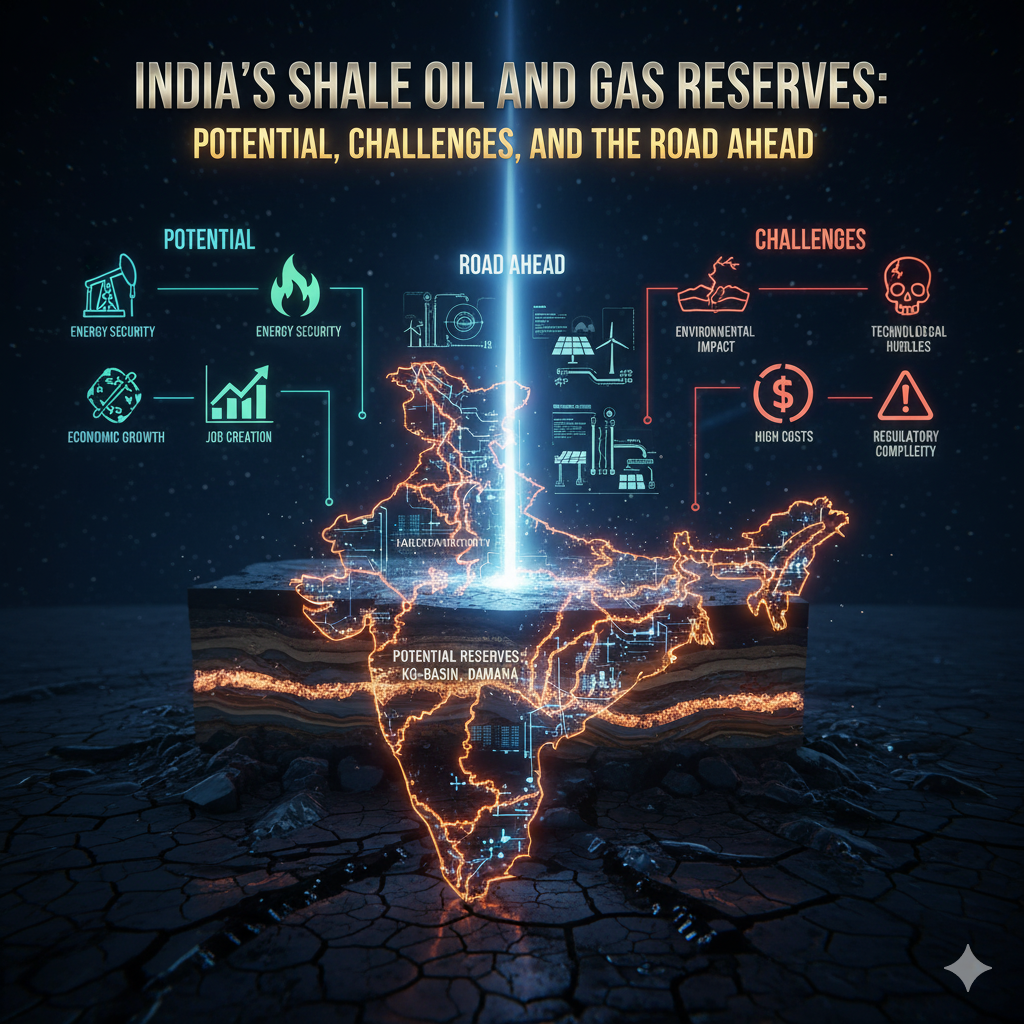Introduction
Floods are among the most frequent and devastating natural disasters that affect India almost every year. Due to its geographical location, monsoon dependency, and diverse river systems, India faces recurrent floods, particularly during the southwest monsoon season (June–September). These floods cause massive destruction to human life, livelihoods, infrastructure, agriculture, and the overall economy. The social costs, including displacement, loss of education, health hazards, and psychological trauma, are equally severe.
According to the National Disaster Management Authority (NDMA), nearly 40 million hectares of land in India are flood-prone, and the annual economic losses from floods run into billions of rupees. The Ganga–Brahmaputra basin, northwestern plains, and coastal regions are the worst-affected. The issue of floods is further aggravated by climate change, erratic rainfall patterns, and unplanned urbanization.
This essay explores the multifaceted impacts of floods on Indian society and economy and highlights the measures required for building resilience.
1. Social Impact of Floods in India
Floods deeply disrupt the social fabric of Indian society, especially in rural and low-income regions.
a) Displacement and Migration
- Floods often force millions of people to leave their homes, leading to temporary or permanent displacement.
- For example, the 2018 Kerala floods displaced over a million people.
- Displacement leads to loss of cultural identity, breakdown of community ties, and psychological stress among affected families.
b) Impact on Health
- Stagnant water after floods becomes a breeding ground for mosquitoes and water-borne diseases such as malaria, dengue, cholera, and diarrhea.
- Malnutrition rises because of loss of crops and reduced food supply.
- Children and elderly people are the most vulnerable to post-flood health issues.
c) Impact on Education
- Schools are often converted into relief camps, leading to a disruption in education.
- Textbooks, uniforms, and digital infrastructure get destroyed, which worsens inequalities in access to learning.
- Prolonged absence from schools increases the risk of dropouts among rural children.
d) Social Inequalities and Vulnerability
- Floods impact the poor, marginalized, and socially backward communities more severely.
- Women face heightened vulnerabilities due to lack of sanitation facilities and increased cases of gender-based violence in relief camps.
- Social exclusion of affected communities sometimes occurs in host regions when displaced populations migrate.
2. Economic Impact of Floods in India
The economic costs of floods are widespread, affecting agriculture, industries, trade, infrastructure, and household income.
a) Agricultural Losses
- Agriculture is the most flood-affected sector in India, as 70% of farmers depend on monsoon rains.
- Floods destroy standing crops, wash away fertile topsoil, and reduce agricultural productivity.
- Livestock deaths and fodder shortages add to farmer distress.
- For example, the Assam floods annually destroy thousands of hectares of paddy, tea, and jute cultivation.
b) Infrastructure Damage
- Floods severely damage roads, bridges, railways, power grids, and irrigation systems, which disrupt connectivity and supply chains.
- The 2020 Bihar floods washed away hundreds of kilometers of roads, halting economic activity for weeks.
- Repair and reconstruction demand huge public spending, diverting funds from development projects.
c) Industrial and Business Losses
- Urban floods (like Mumbai 2005, Chennai 2015, Bengaluru 2022) have shown how industries, IT parks, and commercial hubs suffer massive financial losses due to waterlogging and power cuts.
- Small and medium enterprises (SMEs), which lack insurance, struggle to recover and sometimes shut down permanently.
d) Inflationary Pressures
- Destruction of crops and supply chains leads to food inflation, especially for perishable items like vegetables, pulses, and dairy products.
- Transportation bottlenecks further increase the cost of essential commodities.
- Flood-related inflation disproportionately affects the poor, who spend a large share of income on food.
e) Loss of Employment and Livelihoods
- Daily wage workers, agricultural laborers, and small traders lose their primary source of income during floods.
- Tourism, one of India’s major economic contributors, also suffers — for instance, Kerala’s tourism faced a sharp decline after the 2018 floods.
3. Regional Dimensions of Floods in India
a) Assam and Northeast India
- Annual Brahmaputra floods displace millions, cause erosion, and submerge villages.
- Loss of agricultural land and displacement into relief camps have long-term livelihood impacts.
b) Bihar and Uttar Pradesh
- Floods in the Ganga basin damage crops, disrupt rail and road connectivity, and cause large-scale migration to cities for work.
- These states face chronic poverty traps due to recurring floods.
c) Kerala and Coastal States
- Floods often combine with landslides, damaging infrastructure and cash crops like spices, rubber, and coconut.
- Coastal flooding affects fisheries and marine economy.
d) Urban Floods
- Unplanned urbanization and poor drainage cause cities like Mumbai, Chennai, Hyderabad, and Bengaluru to flood even after moderate rainfall.
- Urban floods disrupt IT, banking, and manufacturing industries.
4. Environmental Consequences of Floods
- Floods cause soil erosion, deforestation, and loss of biodiversity.
- Wetlands and river ecosystems are disturbed, impacting fish breeding and water quality.
- Contamination of rivers with sewage and industrial waste after floods worsens water pollution.
- Floods also contribute to groundwater recharge in some regions, which is a rare positive aspect.
5. Governance, Disaster Management, and Policy Aspects
a) Disaster Response and Relief
- Relief camps, food distribution, and health support are immediate responses but often lack efficiency.
- Coordination gaps between central and state governments delay effective relief.
b) Financial Burden on the Government
- Huge funds are allocated from the National Disaster Response Fund (NDRF) and State Disaster Response Fund (SDRF).
- Frequent floods create a recurring financial burden, reducing funds for education, healthcare, and development.
c) Flood Management Measures
- Embankments, dams, reservoirs, and flood forecasting systems are used but often fail due to poor maintenance.
- NDMA and Central Water Commission emphasize early warning systems, but local-level preparedness remains weak.
d) Insurance and Risk Transfer
- Crop insurance under Pradhan Mantri Fasal Bima Yojana (PMFBY) provides some relief to farmers, but implementation challenges persist.
- Flood insurance penetration in urban areas is still very low.
6. Long-Term Societal Impacts
- Poverty Trap: Recurring floods push vulnerable families deeper into poverty.
- Education Gap: Children missing months of school lag behind peers, widening inequality.
- Mental Health: Trauma, anxiety, and depression are common among survivors.
- Migration: Rural–urban migration due to floods increases urban slum populations.
7. Long-Term Economic Impacts
- GDP Loss: Floods reduce state and national GDP growth rates by lowering agricultural and industrial output.
- Investment Deterrent: Frequent floods discourage private investment in flood-prone regions.
- Fiscal Pressure: High relief and reconstruction costs increase government borrowing needs.
- Productivity Loss: Disruption of labor markets reduces long-term productivity and competitiveness.
8. Climate Change and the Future of Floods in India
- Climate change has increased the frequency of extreme rainfall events, making floods more unpredictable.
- Himalayan glacier melting adds to river flooding risk in northern India.
- Rising sea levels increase the risk of coastal flooding.
- Without urgent climate adaptation, India’s flood-related losses are projected to rise significantly in the coming decades.
9. Strategies to Mitigate Flood Impact
Structural Measures
- Building stronger embankments and reservoirs.
- Improving drainage in urban areas.
- River interlinking in flood-prone regions.
Non-Structural Measures
- Flood forecasting and early warning systems.
- Land-use planning to prevent construction in flood-prone areas.
- Community-based disaster preparedness.
Policy and Governance
- Strengthening NDMA and SDRF mechanisms.
- Expanding crop and flood insurance coverage.
- Integrating climate adaptation policies with development plans.
Conclusion
Floods in India are not just natural disasters but socio-economic crises that affect millions of lives every year. Their impacts extend far beyond immediate destruction, creating long-term challenges of poverty, inequality, inflation, and environmental degradation. Addressing these impacts requires a holistic strategy that combines infrastructure development, community resilience, financial protection, and climate adaptation.
India must focus on inclusive disaster management policies, better urban planning, and climate-resilient agriculture to reduce vulnerabilities. Only then can the nation protect both society and economy from the recurring devastation of floods.




